Teams, tales and tips – a guide to the local game
Frequent competitors in Holland’s top flight, promoted back up in 2018, De Graafschap are the creation of a near blind football enthusiast whose legacy lives on in a grass-roots fan culture second to none in the Netherlands.
There is no place called De Graafschap, no town or village. ‘The County’ are based in Doetinchem, the largest community in a rural area known as the Achterhoek. De Graafschap are the Achterhoekers, or the Superboeren (‘Super Farmers’).
The concept of the club as ‘The County’ and its blue-and-white colours come from founding father Johan ‘Joop’ Roodbergen, forced to leave behind his home city of Amsterdam, and his beloved team Blau-Wit, to flee east with his family during the war. A banker by trade, Roodbergen was in failing health when he set up in Doetinchem.

As close to Dortmund as it is to Amsterdam, back then this provincial backwater was hardly a hotbed of football passion. A club of enthusiasts, VV Doetinchem, had been founded in 1907, and played lower-division football at Kruisberg, north of town. South of town, alongside a district known as Vijverberg, another team, established in 1922, represented Oosseld. As Dutch football was strictly amateur, the game here was very modest indeed.
But this was about to change, even when the town was all but destroyed by Allied bombing – the Roodbergens’ own house on Boliestraat was flattened and the family moved to Jaagpad. It was there that Joop Roodbergen planned out De Graafschap.
Following the example of Gied Joosten, a former Dutch Resistance fighter who had pretty much established professional football in Sittard, Roodbergen saw his new club along similar lines. The trouble was, the staunchly amateur VV Doetinchem didn’t. Roodbergen announced to a gathering at the Hotel Rademaker the formation of a new professonal outfit, De Graafschap, in February 1954.
At his side were cattle dealer Bart Wentink, whose made his field available, and builder Bernard Bruil, who then developed the Vijverberg site, close to Oosseld, whose amateur team De Graafschap would fuse with. With the promise of a wage, other players were recruited, a number from Vitesse Arnhem, helping fire a long rivalry.

The colours, of course, would be blue and white. Sadly, though, by now Roodbergen was nearly blind. His wife would read him match reports from the Monday edition of De Gelderlander.
The first games were duly played later that same year, 1954, when the professional domestic game was still seen as a breakaway league. Soon, though, De Graafschap were accepted back into the Dutch FA fold. The Eredivisie became a single professional league in 1956-57, but it took De Graafschap nearly 20 years to reach it – and eventually make the peace with VV Doetinchem.
Having moved from De Kruisberg to nearby De Bezelhorst at Bezelhorstweg 85, VV Doetinchem continue to run nearly 20 teams at all levels, women’s, seniors and juniors included.
As for De Graafschap, Roodbergen was soon out of the picture, his money sunk into a local hotel.
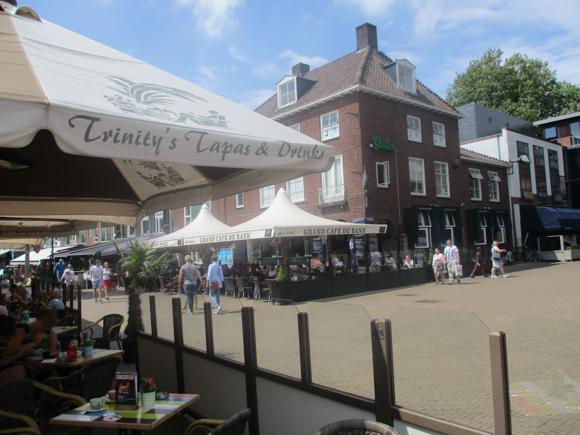
The Superboeren were transformed in the early 1970s by coach Piet de Visser, later right-hand man on footballing matters to Roman Abramovich at Chelsea. At Doetinchem, de Visser’s mastermind midfielder was Guus Hiddink, and this combination swept De Graafschap to the Eredivisie. Later de Visser helped find the players for Hiddink to make PSV an international success, and engineered the appointment of his former charge as Chelsea manager – it all started at De Vijverberg.
Since the mid-1990s, De Graafschap have spent most seasons in the top flight, various proposals by club management – a new stadium at an industrial site, a change of strip – coming up against a solid wall of communal protest. Of all smaller provincial clubs in Holland, De Graafschap’s have one of the most solid and committed of fan bases.
Much as Anfield has its famed sign used as a touchstone and ominous warning to visiting teams, so De Graafschap’s ‘D’ran!’ (‘At ‘em!’ in local Achterhoek) sums up this feisty club with a substantial rural and regional following.
Getting Around
Arriving in town, local transport and timings

The nearest airport to Doetinchem is Weeze, 60km (37 miles) south in Germany, used by Ryanair. Transfers into Holland require online registration and an expensive minibus. The alternative is a journey of several changes, via Kevelaer and Düsseldorf or Kleve and Emmerich.
Dutch trains and public transport run on the nationwide OV-chipkaart (€7.50) system. Touching in (and out!) with your OV-chipkaart costs far less than buying a ticket from the driver.
Eindhoven Airport is 86km (53 miles) south-west of Doetinchem. Outside Arrivals is the stop for the 401 bus to Eindhoven station (every 10-15mins, journey time 20mins). From there, Doetinchem by rail takes 2hrs via ’s-Hertogenbosch and Arnhem, single about €20.
From Amsterdam Schiphol or Centraal, the train requires a change at Arnhem or Utrecht then Arnhem, overall journey time 1hr 45mins-2hrs, around €20 single.
Doetinchem station is south of town a 10min walk away. The stadium is a 10min walk in the opposite direction, away from town.
Local buses are run by Arriva. For a local taxi, Spenzer (+31 6 3650 2009) is based near the Hotel Villa Ruim Zicht just outside the town centre. The set fare to/from Eindhoven or Amsterdam airports is €120.
Where to Drink
The best pubs and bars for football fans
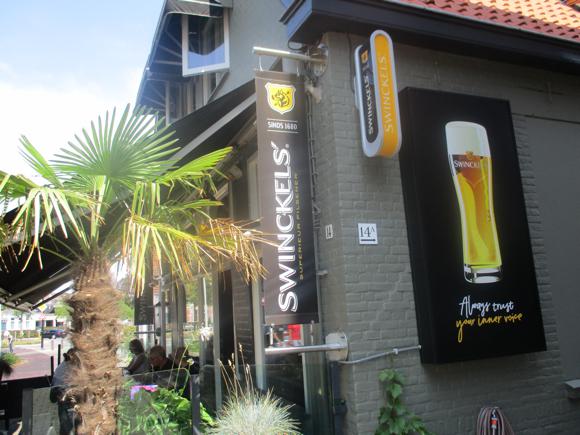
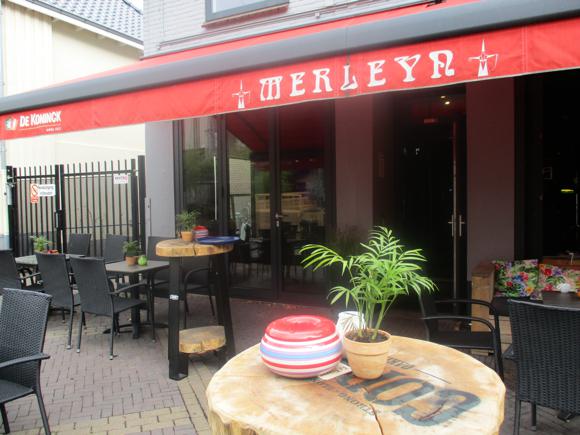

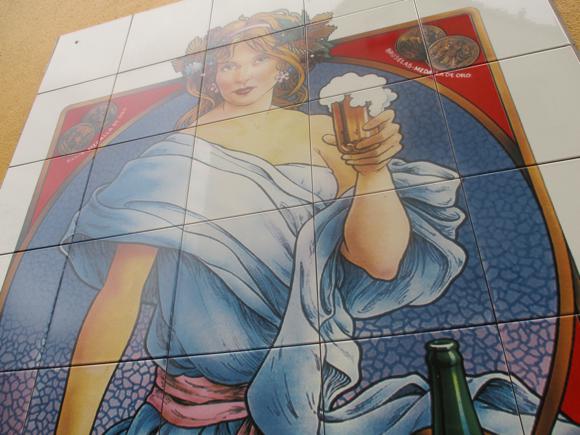
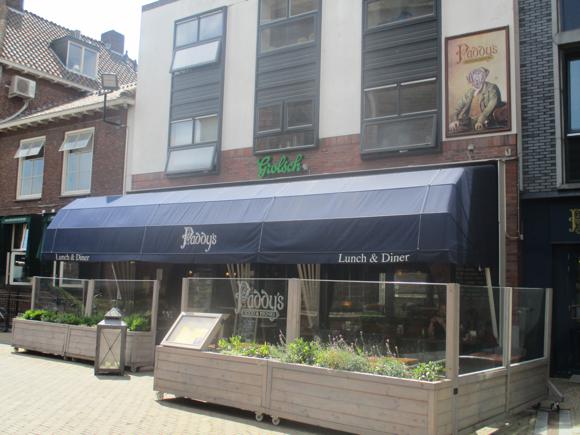
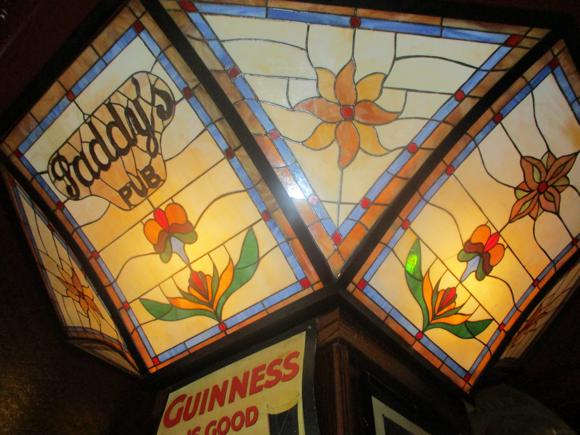
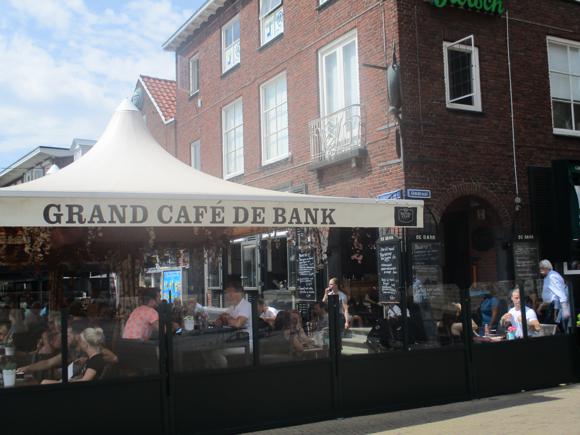




The main bar strip is Grutstraat, just off the main square, where thousands celebrated after promotion in 2018. Run by the affable Tom Wonnink, Merleyn is the best option, a live-music venue with a TV screen for matches. For after-hours fun, SeQuoia runs weekend party nights while Gringo’s is a lively Mex-style bar/eatery.
Round the corner by the cathedral, Paddy’s is the only pub in town, all dark wood, with Guinness and Grimbergen on draught, a decent menu and a TV for sport.
Alongside, locals fill the terraces of the bar/restaurants on the main square, the elegant Grand Café de Bank, funkier Trinity’s, food-oriented ’t Zusje and sleek Stadscafé Simons.
Again sleek, Doetinchems Meisje on Burgemeester van Nispenstraat has a choice of 32 beers. For a real beer bar, though, the wonderful Raedthuys by the Town Hall changes its selection of six on tap every month, Dutch and Belgian varieties from small-batch breweries. Alongside the house Swinckels’, currently you’ll find cool UTberg from nearby Vragender. These can be sipped on the terrace or in a cosy interior – note the classic album covers and photo of the chef with Johan Cruyff.
Where to stay
The best hotels for the stadium and city centre



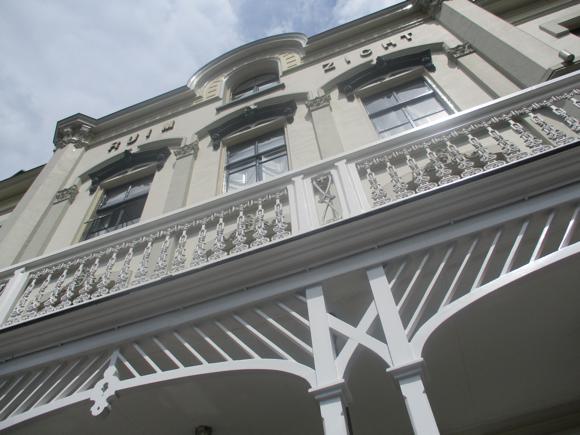
Doetinchem has a VVV tourist information office but no English-language online accommodation resource.
There are only two hotel options in town. The most central, friendly Stadshotel De Graafschap, sits behind the main square, with 24 mid-range rooms, doubles in the €100 range. On warmer mornings, breakfast can be enjoyed on the roof terrace.
A short walk north, the upscale Ruim Zicht fills a stately property on Ruimzichtlaan, all rain showers and stand-alone bathtubs, fine cuisine created by Bjorn Massop and a fashionable bar offering Belgian Trappist beers on tap.
Even further north, near the base of amateur club VV Doetinchem in Bezelhorst, De Kruisberg offers eight en-suite rooms with bistro cuisine downstairs. Nearby, the hourly 51 bus runs to Doetinchem station via the town centre a 20-minute walk away.






















